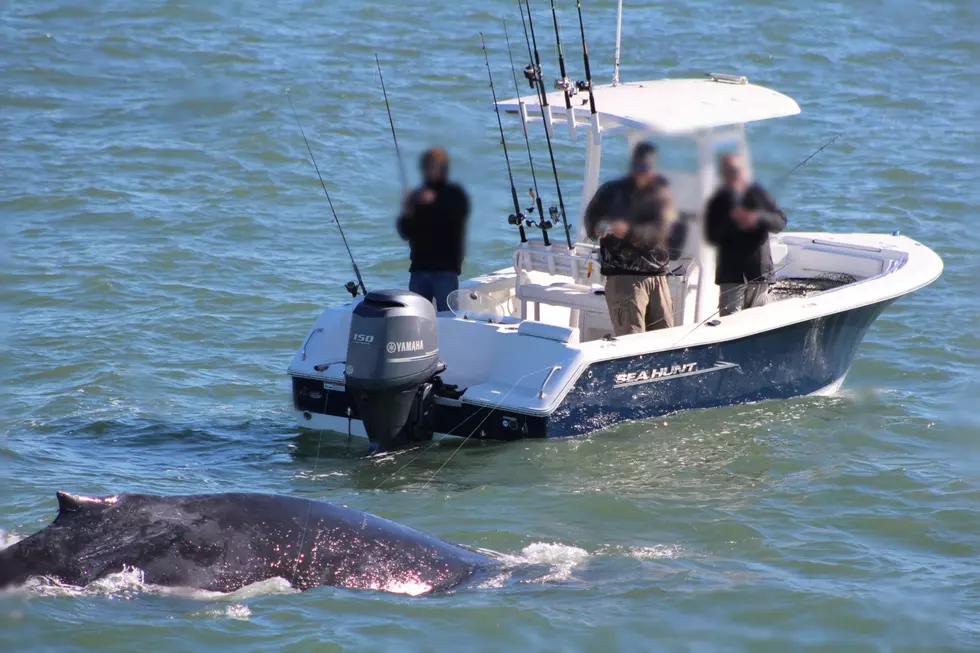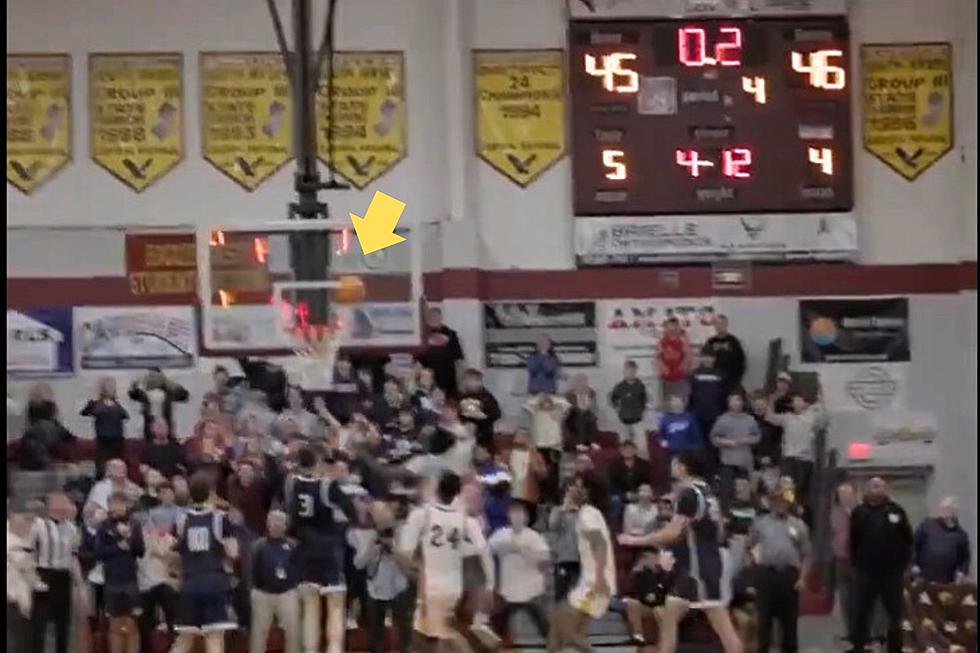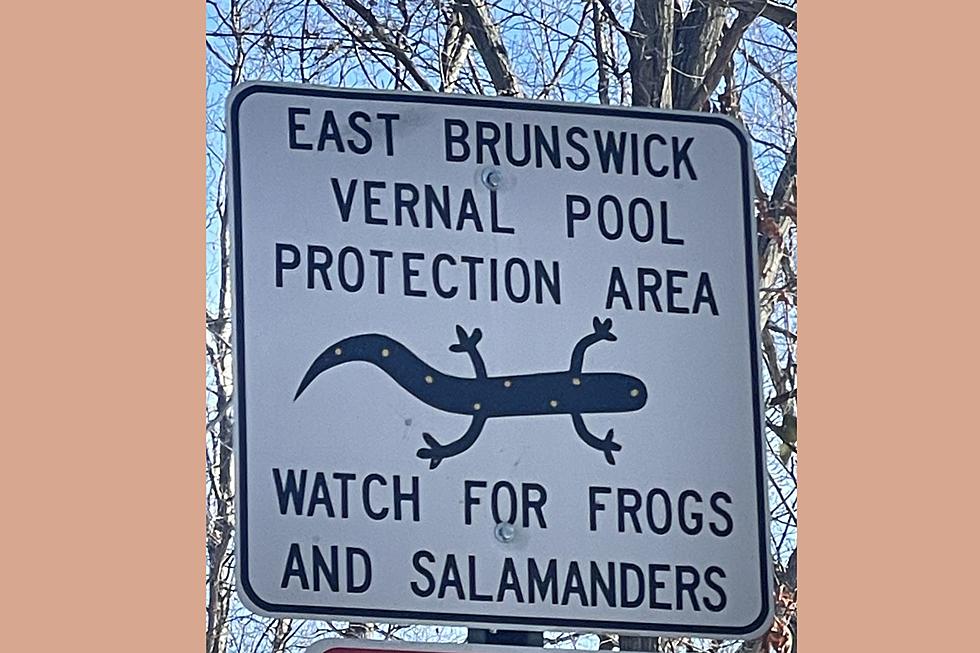
More Whales Hitting NJ Waters, Boaters Advised to Keep a Distance
Humpback whale sightings have increased by more than 5,000 percent since 2011 off of New Jersey's northern coast and New York City.
For that reason, the chances of a human-whale interaction are greater these days, and may continue to increase in the years ahead. So boaters are being advised to know their boundaries around these iconic marine mammals.
"As we get closer to the fall, we will actually starting seeing more. That is the beginning of humpback whale migration," said Danielle Brown, a doctoral student in Rutgers' School of Environmental and Biology Sciences, and the lead humpback whale researcher for New York-based nonprofit Gotham Whale.
In 2011, according to the nonprofit, just five sightings were reported in the Atlantic Ocean from New York harbor east to Fire Island and south to the Manasquan Inlet. In 2018, the sighting count topped 270. Many sightings occurred less than two miles from the shoreline.
Researchers are not exactly sure what's resulting in the increased number of whales in the area. But the most likely reason is a growing population of Atlantic menhaden, a major food source for the whales.
"The waters are definitely cleaner, which would lead to a higher level of biodiversity in the area," Brown said. "Also, climate change is driving certain species from the south further northward because the waters are warming."
The majority of recorded whale sightings involved juveniles.
Keep a distance
Some whales are boat shy, while others are boat friendly, Brown said.
"But the most important thing to know is that when they're feeding in this area, they're not always paying attention to their surroundings," she said. "Boaters who are on the water need to just be extra careful and give themselves extra space when there are whales around, because their feeding is very sporadic and very unpredictable, and you never really know when they're going to surface."
The National Marine Fisheries Services recommends that boats keep a distance of at least 100 years from a whale. Extra space may be necessary if the whale appears to be feeding. Brown said boaters should never cut off a whale from the direction in which they're headed, and never chase them.
Humpback whales would never consider humans as food, Brown noted. But a collision with a boat or other watercraft is a more pressing possibility today compared to years prior to 2014.
"I've spotted whales with hooks and lines wrapped around them, as well as scars from vessel collisions," Brown said. "Because this is such a recent phenomenon, data on their distribution and the potential collision risks are limited. This is new for everyone and that's why monitoring it so important."
More From WPG Talk Radio 95.5 FM










